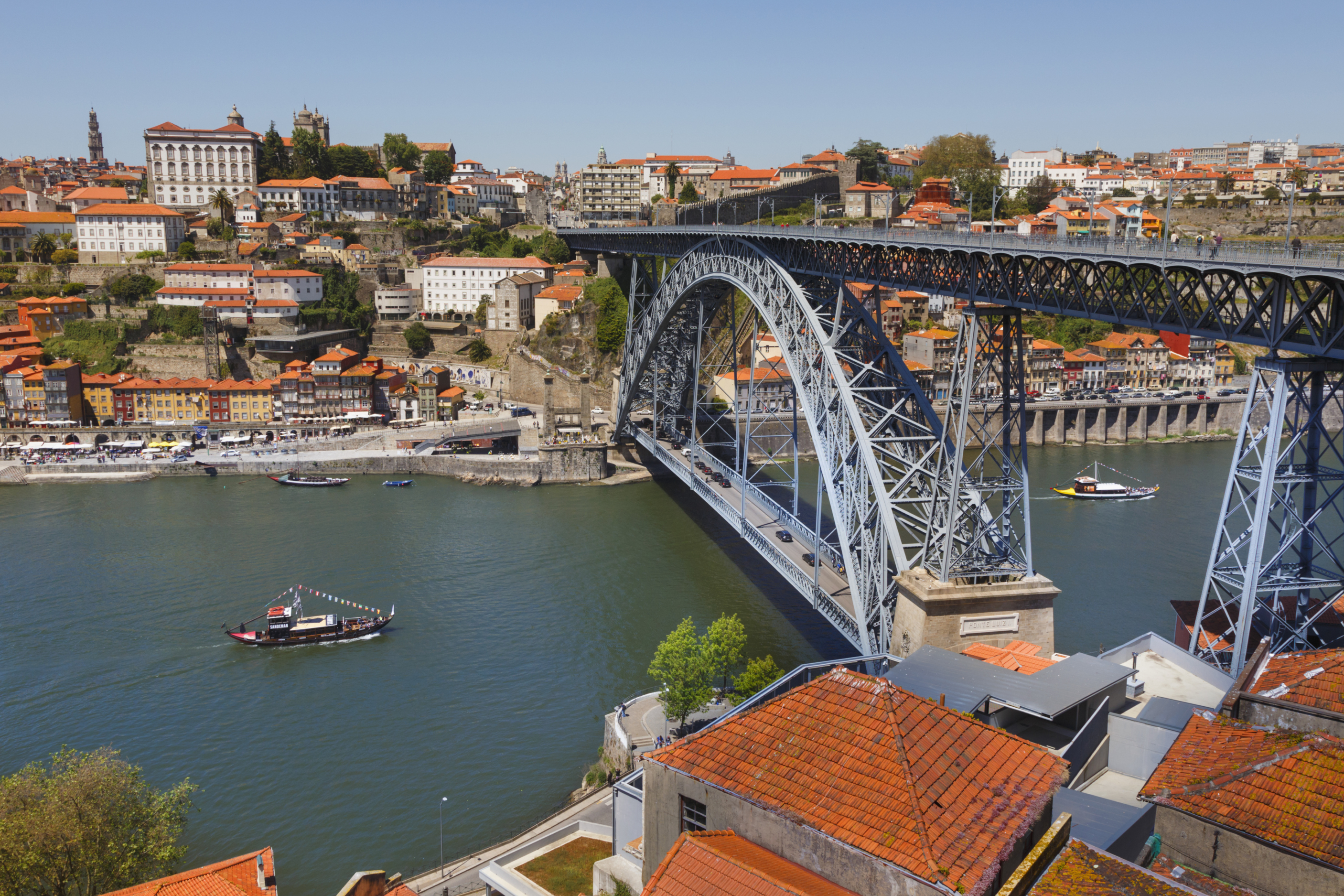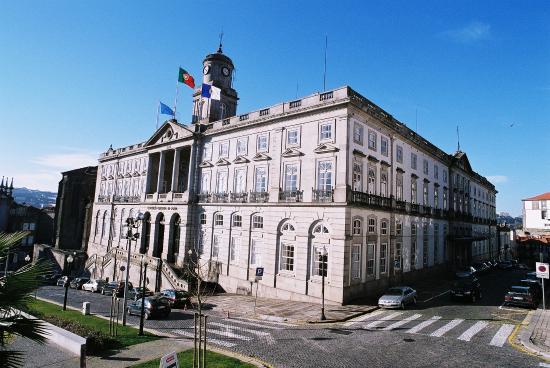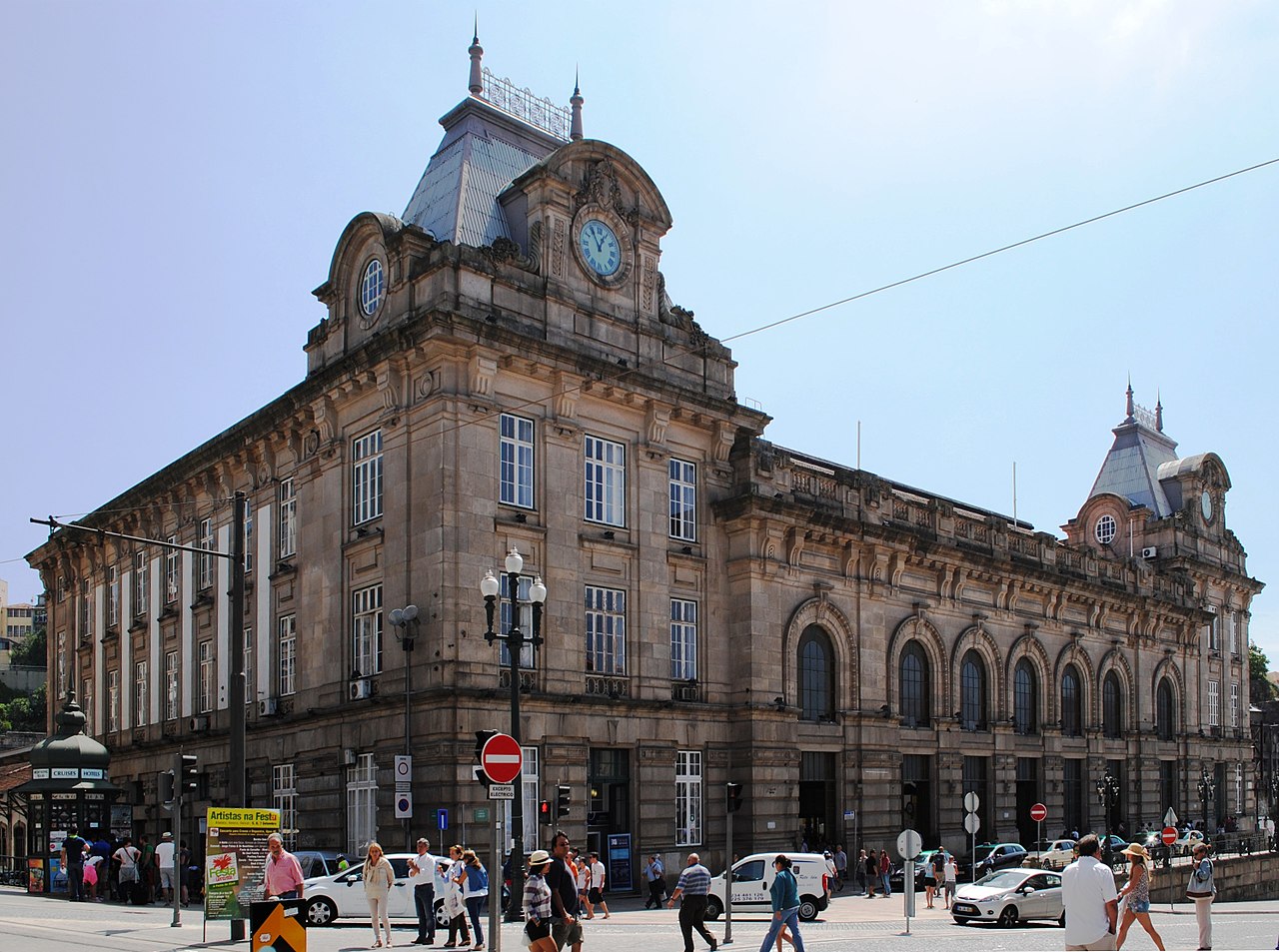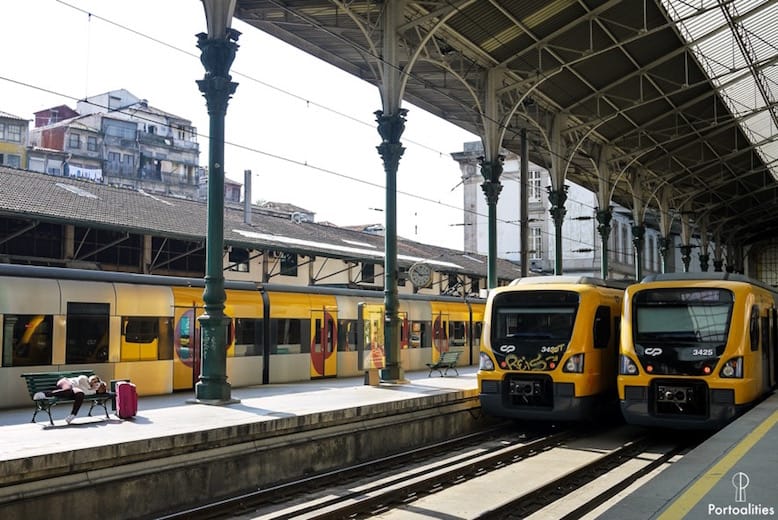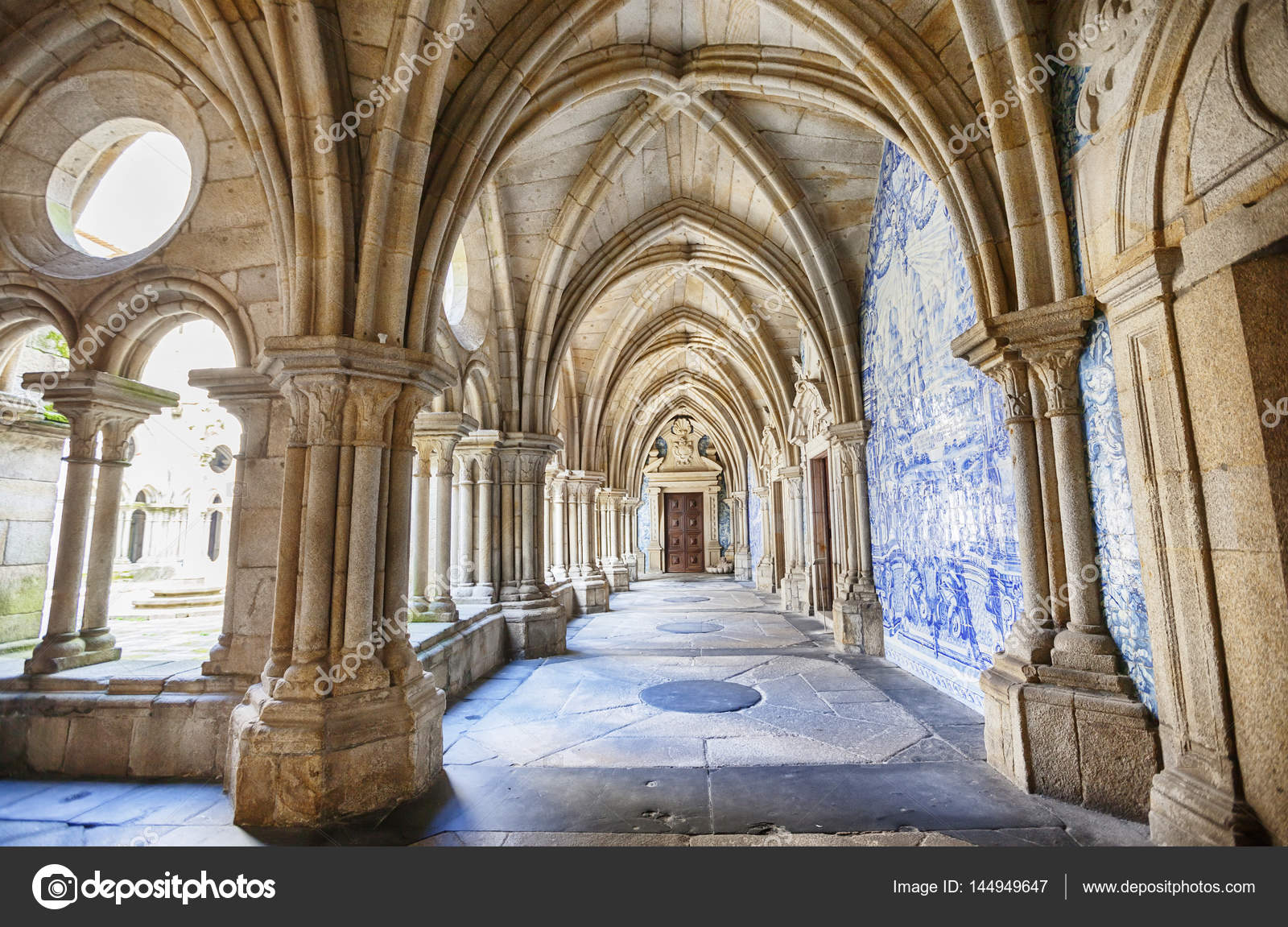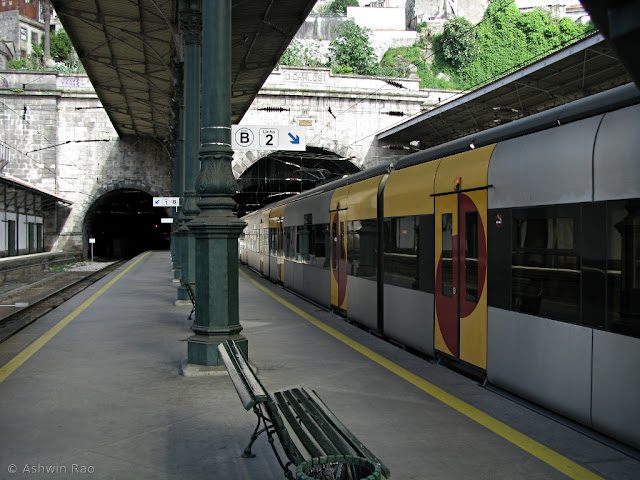Landschlacht, Switzerland, 19 January 2018
“Romance!“, the season tickets mourn,
“He never ran to catch his train,
But passed with coach and guard and horn –
And left the local – late again!”
Confound romance and all unseen
Romance brought up the nine-fifteen.
Rudyard Kipling, “The King”

Above: Rudyard Kipling (1865 – 1936)
Paul Theroux, in the first book of his I ever read, The Old Patagonian Express, once wrote that “travel is a vanishing act, a solitary trip down a pinched line of geography, the simplest sort of narrative, an explanation which is its own excuse for the gathering up and the going“.

That Theroux would say these things does not surprise me as it seems from a reading of his works (many of which I have tried to collect) that many, if not all, of his journeys were done alone on his own, without spouse or offspring to distract him from his observations of fellow travellers and the landscape around him.
Travelling with your spouse is not the same as travelling by your lonesome, for the necessity to communicate significantly with strangers is drastically diminished as your beloved is beside you.
She won’t casually allow me to vanish into the surroundings nor blend into a crowd anonymously, and simplicity in our narrative is rarely achieved, as marriages, blissful as they might be, are always accompanied with their own complexities of opinions and tangled desires.
To travel with another human being one must learn to negotiate and compromise in your travel decisions.
To suggest a destination one must be prepared to defend that choice of destination.
For example, in Porto during our last summer’s vacation, it was not sufficient to simply suggest walking the Ponte de Dom Luis I without waxing eloquently about the fantastic views yet to be seen over the Rio Douro.
Speak not of the Porto stock exchange unless you mention the wonderfully ornate palace it once was.
Don’t suggest the Livraria Lello without mentioning J.K. Rowling’s frequency within it.
Much like the advice I have given my Cambridge Certificate test-takers in regards to the oral (speaking) component of the examinations….
It is not enough to voice an opinion.
You must give a reason for that opinion.
We found ourselves in another far-from-home point on the map, as couples often do, based on the opinions of her friends.
And, as all husbands learn through trial and error, time and experience, if the ideas of your wife are always right then the brainstorm of possibilities suggested by her gaggle of girlfriends that gather around her must certainly be right by sheer weight of numbers.
In this blog I wrote of flying to and arriving in Porto and of our visit to the Sé, the city’s largest cathedral.
(Please see Canada Slim and the War of the Oranges.)
What is important for you to know before you read further is that we arrived at our B & B by taking a taxi from the Airport.
Though this little detail may seem innocuous and innocent at first glance it is vitally important to the tale that follows….
Porto, Portugal, Tuesday 24 July 2018
The signs on the Avenida Dom Afonso Henriques did not speak to me.
They were of local matters and were written in Portuguese so despite the size of the massive billboards that hugged the incline leading to Sao Bento I found myself inclined to ignore them.
Did I imagine our attending a concert here in two months’ time?
We had a week to spend in Porto and the region so there was no profit in pausing our progress in trying to decipher their messages.
As usual, in my rucksack I lugged a library with me: the Pocket Rough Guide to Porto, The Rough Guide to Portugal, Lonely Planet Portugal, A.H. de Oliveira Marques’ A Very Short History of Portugal, Matthew Hancock’s Xenophobe’s Guide to the Portuguese and Pascal Mercier’s Night Train to Lisbon.
I would later purchase and add to my burden Fernando Pessoa’s Mensagem (Message) and Livro do desassossego por Bernardo Soares (The Book of Disquiet) and Luís de Camoes’ Sonetos Amorosos (Love Sonnets).
It is a rare moment that a train station concourse is a tourist attraction in its own right, but the one at Sao Bento is one of the most beautiful in the world.
But this was not always so.
Until the late 19th century there was the convent of the Benedictine nuns of Sao Bento de Ave Maria, built at the beginning of the 16th century, heavily destroyed in a fire in 1783 but fully restored by 1821.
In 1821 this convent was inhabited by 55 nuns, as well as by 105 members of staff (mostly personal maids).

The Catholic Church has long been the world’s largest Christian organization and has been Portugal’s largest religion since the Iberian Peninsula was ruled by the Roman Empire.
In 1834, Joaquim António de Aguiar (1792 – 1884) terminated the state sanction of religious orders and nationalized their lands and possessions.
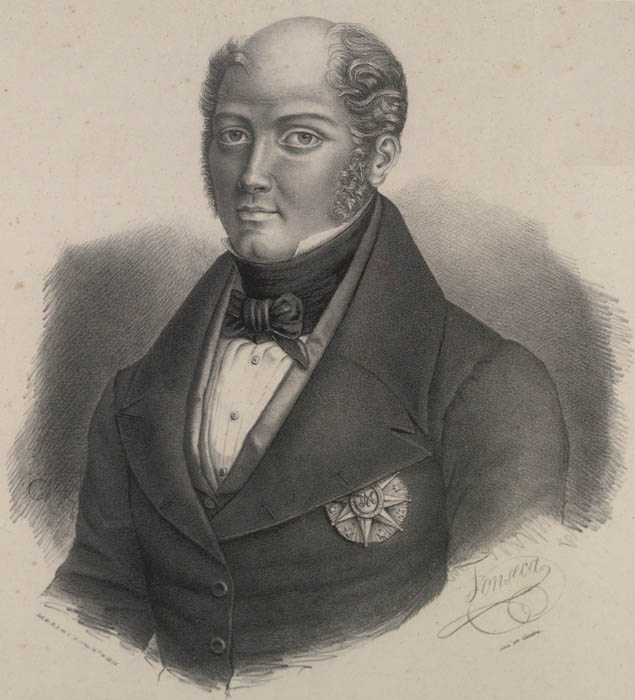
Later referred to as Mata-Frades (Killer of Brothers), Aguiar’s government took control of the convents, churches, manor homes and holdings of various institutes that had been sustained by donations of the religious faithful and placed them for sale.
Although they hoped to place land and goods in the hands of the more disadvantaged, most of the poor did not have the capital to purchase them.
In fact, total sales were ten times less than expected and most holdings were purchased by speculators or existing landowners.
Aguiar’s famous decree of 30 May 1834 ordered the immediate extinction of all male religious orders (and the confiscation of their property), the prohibition of new nuns to profess their vows and the extinction of the convents after the death of the last nun who lived there.
Female religious orders struggled a lot during those days, encapsulated in a time that no longer had space for them.
The convent of the Benedictine nuns of Sao Bento de Ave Maria was no exception.
It had to sell most of their precious silver service in the public square to face financial struggles.
The convent slowly fell apart.
The nuns were dying, one by one.
The last nun died in May 1892, more than 58 years after the dissolution decree.

When the first steam locomotive reached Porto on 7 November 1896, goods still had to be transported by oxcart from the Campanha train station, 4 km away, over the hills to the city centre.
After 15 years of construction, by way of the demolition of the railway tunnel through the eastern hills and an elaborate interior design with 20,000 tiles, the station was finally inaugerated in 1916.

Today Sao Bento is the main terminus of Porto’s suburban railway lines and the western terminus for the scenic Douro line between Porto and Pocinho.
The Station also serves the Minho, Braga, Guimaraes, Caíde / Marco de Canaveses and Aveiro lines.
All trains leaving Sao Bento call at Campanha as their next station.
The Station is near the vintage tramline 22 and is connected to Sao Bento Metro Station on Metro line D.
Porto has some of Portugal’s best azulejos – decorative ceramic tiles – and you can see a variety of styles decorating houses, shops, monuments and churches all over the city.
The craft was brought over by the Moors in the 8th century.
Portuguese azulejos developed their own style around the mid-16th century when a new Italian technique enable images to be painted directly onto the clay, thanks to a tin oxide coating which prevented runnage.

Above: Adoration of the Magi, Museum of Azulejos, Lisbon
Wealthy Portuguese began to commission large azulejo panels displaying Vasco da Gama’s voyages to the East.

Above: Vasco da Gama (1460 – 1524)
The early 18th century saw highly trained artists producing elaborate multicoloured ceramic mosaics, often with Rococo or Baroque themes as in the interior of the Sé.
Above: Sé, Porto
After the Great Earthquake of 1 November 1755, more prosaic tiled facades, often with neoclassical designs, were considered good insulation devices, as well as protecting buildings from fire and rain.
After the mid-19th century, azulejos were being mass-produced to decorate shops and religious buildings, such as the fantastic interior of the Igreja de Carmo.

Above: Igreja de Carmo, Luanda, Angola
By the 1900s Portugal had become the world’s leading producer of azulejos, with Art Deco designs taking hold in the 1920s.
Witness the facade of the Pérola do Bolhao shop.
Sao Bento station’s entrance hall represents a coming together of all the best the azulejos have to offer.

The Station was decorated by painter Jorge Colaco.
The first tiles were placed on 13 August 1905.
His tiles show various scenes from Portuguese history.
The towering, ornate ceilings, arched windows and impressive clock all give the appearance of a palace ballroom rather than a ticket hall.
The upper parts of the frieze are decorated with polychromatic azulejos depicting a chronology of the forms of transport used by man in Portugal.
The lower and upper frame of the frieze consists of a line of tile in blue, brown and yellow in a stylized geometric pattern.
Under this, on the top of the north wall, is a large composition that covers the entire wall, depicting the Battle of Valdevez (1140), with two groups of antagonists and other knights in the background.
This monochromatic composition is executed in blue on white tiles, similar to all the other main azulejo “paintings“.
Below the battle is another composition that represents the meeting between the Knight Egas Moniz and Alfonso VII of León in Toledo (12th century), offering his life, his wife and his sons during the siege of Guimaraes.

In the south is a painting of the entrance to Porto of King John I and Philippa of Lancaster, on horseback, to celebrate their wedding (1387).

Below that is the Conquest of Ceuta (1415) with the principal figure of Infante Dom Henrique who subjugated the Moors.
The wall into the Station is divided into multiple compositions.
To the left, a vision of the procession of Nossa Senhora dos Remédios in Lamego, an exhaustive description and detail showing the multitudes within an urban setting.
Under this composition are two panels that represent her “promise” on her knees and, the other, her actions at the “miraculous” fountain.
In the same detail is the pilgrimage of Sao Trocato to Guimaraes.

The lower panels show a picture of a cattle fair and pilgrim camp.
The central panels of the wall represent four work scenes: the vineyards, the harvest, the wine shipment down the Rio Douro and work in the watermill.


On the pilasters separating the vains with access to the street, below the polychromatic frieze, is a series of smaller compositions.
Above these are medallions depicting romantic scenes and, below, allegories associated with the railway referencing time and signalling, in an expression of Art Deco.

As the wife and I take photograph after photograph after photograph of the Station, I find myself thinking many things.
Legend says that, in a stubborn but serene way, the ghost of the last nun of the former convent still walks the corridors of Sao Bento, and in the silence in the time between midnight and daybreak, one can hear her prayers.
But only the attuned and the attentive can hear the nun, just as only in the space between spaces, the silence between breaths, the magic of moments does Porto reveal herself to those who truly seek her.
I find myself feeling contradictory.
I do not believe in ghosts yet I believe in the spirit of a place.
I may not believe in God and yet I can sense when a place is sacred.
The Station is no longer a consecrated convent and yet it has never lost its divine power to move strangers within these walls.

I recall reading what Paul Theroux once said about a nation’s railways.
“Years before, I had noticed how trains accurately represented the culture of a country:
The seedy distressed country has seedy distressed railway trains.
The proud efficient nation is similarly reflected in its rolling stock, as Japan is.
There is hope in India because the trains are considered vastly more important then the wagons some Indians drive.
Dining cars, I found, told the whole story (and if there were no dining cars the country was beneath consideration).
The noodle stall in the Malaysian Train, the borscht and bad manners in the Trans-Siberian, the kippers and fried bread on the Flying Scotsman.”
The Comboios de Portugal (CP)(Portuguese National Railways) operates all Portuguese trains, yet despite this journey being our third time in this country, I have no memory of taking a train when we visited the Algarve on our first adventure or when we remained in Lisbon on our second.

For the most part the CP is an efficient network with modern rolling stock, but, as is often the case in Europe, rural train stations can sometimes be a long way away from the town or village they serve.
A casual Google search suggests that the Bard of Train Travel, Paul Theroux once stood in Sao Bento Station as we did.
But whether he took the famous Linha do Douro I do not know, but if his travel accounts are anything to go by Theroux would have been more interested in taking train journeys that crossed national borders and spanned continents rather than taking a Portuguese train of which most are designated Regionals (R) or Interregionals (I).

In its heyday the Linha crossed the border to Spain bound for Salamanca and Madrid and sprouted some stunning valley branch lines but this is no longer so.

(The determined train traveller can cross into Spain via Valenca do Minho to the north, Vilar Formoso, Marvao-Beira or Caia to the east, or Vila Real de Santo António to the south.
Theroux’s travelogue The Pillars of Hercules, which is an account of his travels around the Mediterranean from Gibraltar to Morocco travelling clockwise along the coasts, may have been prefaced by his travelling by train along the Portuguese coast through Porto and Lisbon, Tunes and Vila Real de Santo António to Seville then Ronda and Algeciras, then by bus to La Línea de la Concepción followed by a five-minute walk to the border of the British colony.

But this is simply conjecture on my part.)
Trains depart daily from Sao Bento along the Linha do Douro, reputed to be one of the most beautiful rail routes in Europe as it follows the course of the Rio Douro into the heart of the port wine-growing estates.

(We would that week take the train and ride the rails of the Linha do Douro to Pocinho and return by boat back to Porto, but that is a tale best told at another time.)
But what Sao Bento represents is what impressed me most.
A centuries-old convent transformed into an azulejo-covered train station.
The mystery of faith transformed into the mystique of travel.
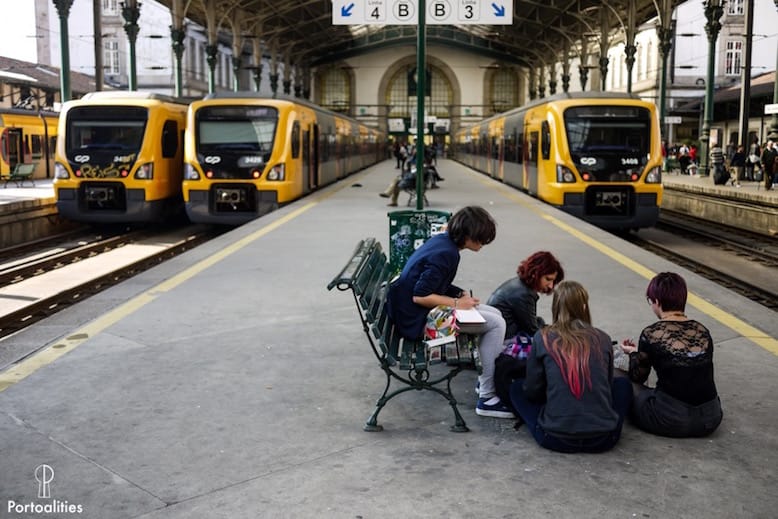
Locals were astonishingly easy to distinguish from tourists, for the local does not look at the azulejos with any admiration for they are as much a part of Porto as a red fire hydrant is a normal fixture of a Manhattan street.
Almost invisible, inconsequential, something to be walked past as one shakes one’s head at the weird ones so fascinated by the mere commonplace.
For them Sao Bento is simply a station, a pit stop, a necessary go-through or starting point.
But to me, surrounded by tiled masterpieces of living history, Sao Bento is forbidden seduction.
You desire her but she is untouchable.
You want to linger but you know you cannot.
Beyond the doors the traffic never-ceasing reminds you of life beyond these walls.
From these platforms an escape from one’s cloistered existence beckons.
Photographs never capture the essence of a place just as words never fully describe the magic of women.
We cannot stay, for there is much yet to be seen, much life left to be lived.
A last lingering look in the dim hope of branding these images into one’s memory.
We know that we ourselves will leave no trace that we were here, for we are mere members of a multitude passing through.
For some reason Leonard Cohen croons his “Sisters of Mercy” song from the jukebox of my mind.

Somehow this feels appropriate.
“Oh, the sisters of mercy, they are not departed or gone.
They were waiting for me when I thought that I just can’t go on.
And they brought me their comfort and later they brought me this song.
Oh, I hope you run into them, you who’ve been travelling so long.
Yes, you who must leave everything that you cannot control.
It begins with your family, but soon it comes around to your soul.
Well, I’ve been where you’re hanging. I think I can see how you’re pinned.
When you’re not feeling holy, your loneliness says that you’ve sinned.
Well, they lay down beside me, I made my confession to them
They touched both my eyes and I touched the dew on their hem.
If your life is a leaf that the seasons tear off and condemn,
They will bind you with love that is graceful and green as a stem.
When I left they were sleeping, I hope you run into them soon.
Don’t turn on the lights. You can read their address by the moon.
And you won’t make me jealous if I hear that they sweetened your night.
We weren’t lovers like that and besides, it would still be all right.
We weren’t lovers like that and besides, it would still be all right.”

Sources: Wikipedia / Google / Facebook / Pocket Rough Guide to Porto / Rough Guide Portugal / Lonely Planet Portugal / Paul Theroux, The Old Patagonian Express / http://portoalities.com / www.visitportoandnorth.travel.com
